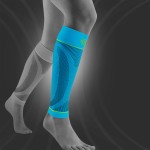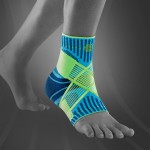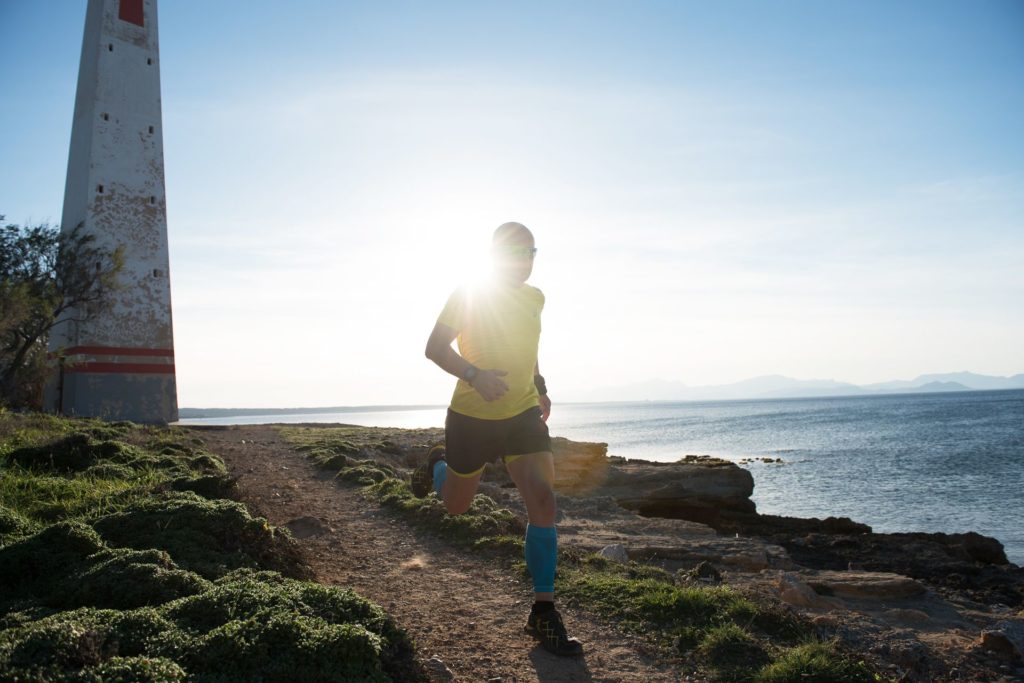
“I never get bored on a run”
Trail runner Frank sometimes also runs his perfect trail the other way around, just to make a change.
Frank Bauknecht is a passionate trail runner. There are no boring routes for him. If he needs a change, he will find new ways – by using unconventional methods.
Frank, by your own admission, you’re more of an endurance athlete. Short, quick sprints are not so much your thing. What’s important to you during your training if speed is not the focus?
During the ‘ultras’ or trail runs that I do, it’s not so much about the best time, as opposed to a classic marathon. The main focus is on strength. The paths lead you up steep hills, over uneven and, above all, different terrain, rather than smooth asphalt. Lifting the legs and good body tension are very important for that. My leg muscles have to work well, too. So that’s what I try to train.
How exactly do you do that?
When I prepare for trail runs, of course, I run a trail, that’s a key part of my training routine. Short, narrow paths with rocks and roots. You need a very particular running style which needs to be practiced. Steep inclines may even require running sticks, for example. That’s something else to get used to. You have to find your rhythm.
Trails are always different: some steeper, some higher, some narrower or wider.
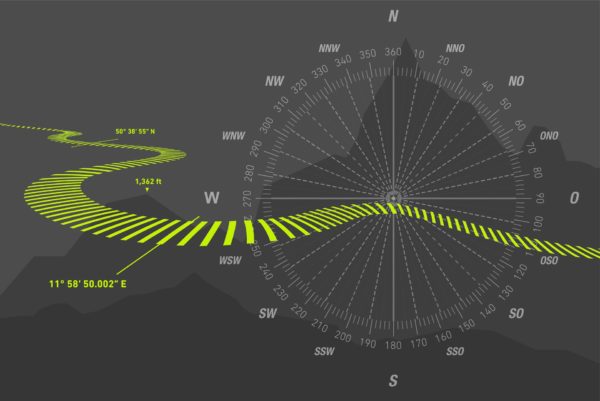
What’s your weekly training volume when you’re preparing for a run?
Usually, I run 50 kilometers per week. Before a competition, however, I may increase that to 100 kilometers. The kind of training depends on how close the run is. I always start with basic training, just an easy and relaxed run. Over time, training becomes more specific. I go into the mountains, taking my hydration pack, and I train with the sticks. That’s how I increase the demand steadily and, ideally, by the time the competition comes round, I’m at my performance peak.
Any divergence from the usual route presents the opportunity of finding a new perfect trail.
Every runner knows the problem: eventually, you know all the running routes in your neighborhood like the back of your hand. You’ll need a change. How do you manage to find varying trails for your training?
A simple trick every runner can implement quickly is to run the route the other way around: from the destination to the start point. I found that the whole route seems completely different to me. You suddenly get a totally different perspective and different views. Another option: look for shortcuts. You’ll quickly find yourself on a whole new path. There is no “wrong turn.” Any divergence from the usual route presents the opportunity of finding a new perfect trail. Until you need another one.
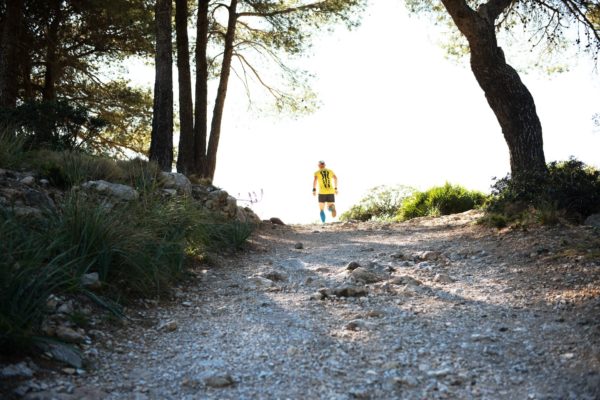
What constitutes the perfect trail for you?
It definitely has to be exciting. Also in terms of running demands – meaning over different kinds of ground, forest and dirt tracks, for example, and with inclines. I just don’t want to run the designated paths all the time. I’m interested in what’s happening left and right of the route. That’s what fascinates me. You mustn’t be afraid of getting lost. If it doesn’t work, you simply turn around and go back.
Actually, you always run along the edge.
Where else do you find perfect trails?
I always have my running shoes with me, even on holiday. There’s always something to discover, that’s very important to me. I simply need to get out. I have to run, I want to look what’s behind the next corner. My tip to everyone passionate about running: just start running, even on new, unknown paths – that’s how every runner finds exciting trails and the perfect running experience.


